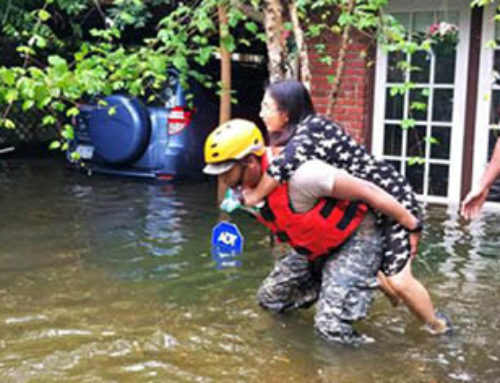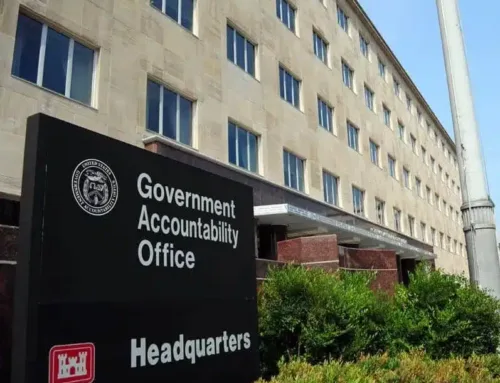The Congressional Budget Office (CBO) recently released a report titled “Flood Damage and Federally Backed Mortgages in a Changing Climate,” which discusses the impact of flood risk on property values, particularly for homes with federally backed mortgages. It highlights that changes in flood risk and perceptions of flood risk can affect housing markets, but research has found that house prices reflect only some of the expected cost of future flood damage. CBO provides a sobering analysis of the financial implications of climate change on federally backed mortgages, echoing the concerns we raised in our report, Paying the Price: Taxpayers Footing the Bill for Increasing Costs of Climate Change.
The CBO report estimates the expected annual damage (EAD) from flooding to homes with outstanding mortgage debt, given their flood risk in each of the projection periods. The EAD from flooding to homes with mortgages backed by the Government-Sponsored Enterprises (GSEs), Federal Housing Administration (FHA), and Veterans Affairs (VA) totaled $9.4 billion in 2020. That figure is projected to increase by 36 percent to $12.8 billion by the year 2050 if all factors other than the climate remained unchanged.
The CBO report also considers different climate change projections. If the climate responds differently to the emissions scenario, precipitation patterns, tropical cyclone activity, and sea levels will also be different. Under a lower climate change projection, EAD in the 2050 period is $10.2 billion; under a higher one, damages reach $16.1 billion.
These findings underscore the financial liability that climate change poses to taxpayers. As TCS highlighted in “Paying the Price”, the costs of climate change are not just environmental but also economic. The CBO report provides further evidence of this, showing how climate change could increase the risk of mortgage defaults due to flood damage, potentially leading to significant costs for taxpayers.
In 2020, roughly 7 percent of the total property value associated with federally backed mortgages faced a 1 in 500 chance (0.2%) or greater of flood damage each year. These properties are at risk each year, and this risk could lead to substantial devaluation, exacerbating the potential for mortgage defaults. Among these homes, the present value of expected damage is about 14 percent of the total property value. By comparison, the present value of damage is about 1 percent of the total property value among all homes with federally backed mortgages.
The report also discusses the impact of Special Flood Hazard Areas (SFHAs), which are areas with a 1 percent or higher annual chance of flooding as defined by the Federal Emergency Management Agency (FEMA). SFHAs directly affect housing and mortgage markets in several ways, including requirements for flood insurance and disclosure of flood risk during property sales. However, not all areas at risk of flood damage are located within an SFHA, and homeowners outside these areas are much less likely to carry flood insurance. In fact, the CBO points out that 40 to 50 percent of flood damage occurs outside of the zones. The CBO report also highlights the uneven distribution of flood risk across the U.S., with areas like the Atlantic and Gulf Coasts being particularly vulnerable. This geographic concentration raises questions about the fairness and sustainability of the current flood insurance framework.
The CBO’s findings resonate with TCS’s concerns about the failure to incorporate flood and other disaster risks into guaranteed fees for federally backed mortgages. CBO’s findings also highlight the enforcement gaps in the mandatory flood insurance requirement for homes in SFHAs. These gaps contribute to the financial vulnerability of federally backed mortgages in flood-prone areas and can encourage risky home purchases, potentially increasing the financial burden on taxpayers due to government-backed guarantees. Similarly, many homeowners outside FEMA-designated SFHAs believe this means there is no, or little flood risk even though significant risk remains. This leaves many homes unprotected, increasing the likelihood of federal bailouts after large-scale flood events.
With climate change exacerbating flood risks, federal programs like those offered by Fannie Mae, Freddie Mac, FHA, and the VA face increased exposure. This situation potentially translates into higher costs for taxpayers, either through direct bailouts or increased guarantee fees. This situation underscores the urgent need for a comprehensive reassessment of current policies and practices, especially in flood insurance requirements and the consideration of climate risks in mortgage underwriting.










Get Social